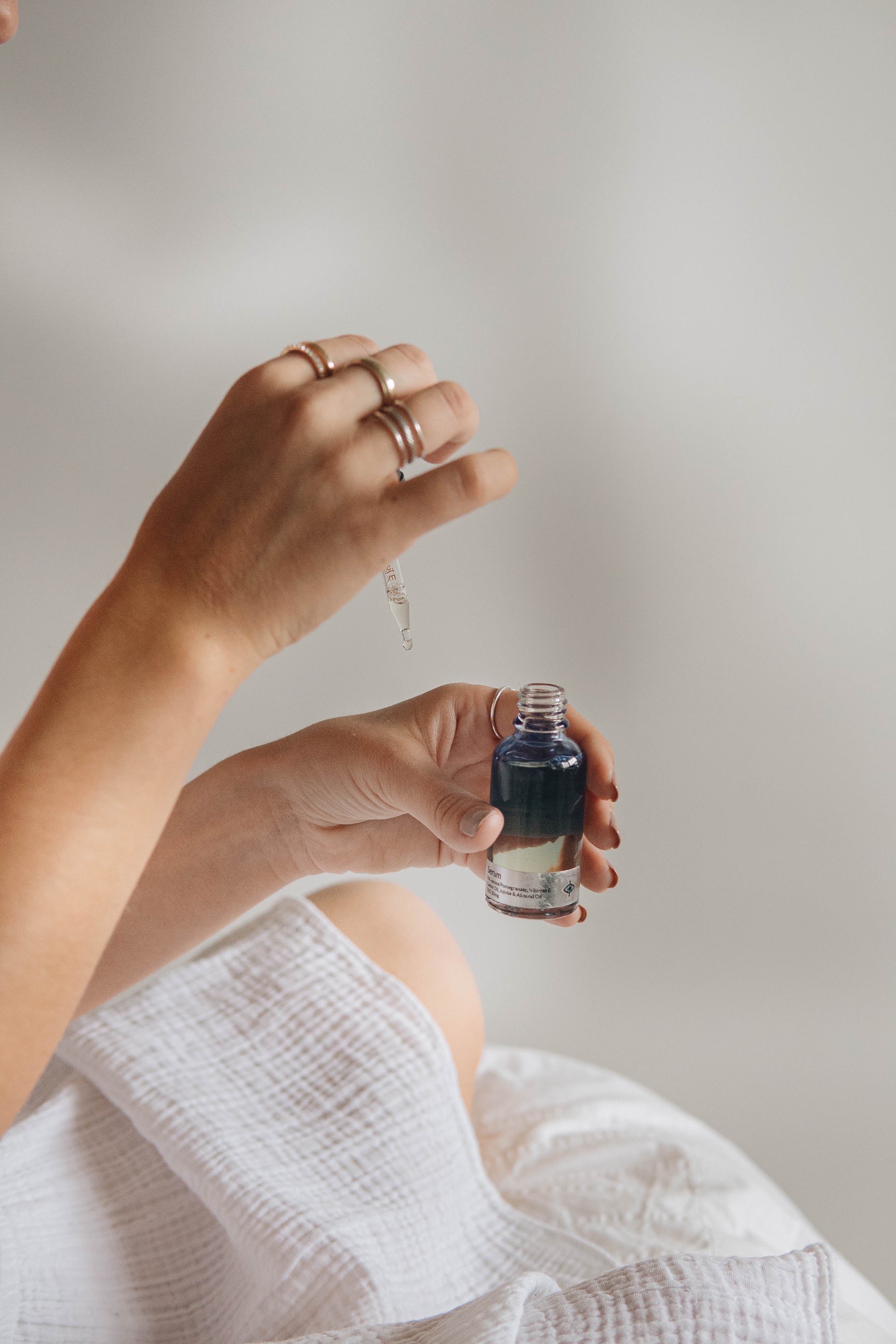Lactic acid, a member of the alpha hydroxy acid (AHA) family, has emerged as a potent yet gentle skincare ingredient, garnering attention for its remarkable contributions to achieving a radiant and youthful complexion. Let's explore its benefits, optimal percentages for efficacy, and best practices for incorporating it into your skincare routine.
What is Lactic Acid?
Lactic acid, derived from sour milk or fermented fruits, is a water-soluble AHA known for its exfoliating properties and its ability to promote skin renewal. Unlike other AHAs, such as glycolic acid, lactic acid boasts larger molecular size, making it gentler on the skin while still offering an array of benefits.
Benefits of Lactic Acid in Skincare
1. Exfoliation and Cell Renewal: Lactic acid gently dissolves dead skin cells, aiding in the removal of dull, damaged surface layers. This process helps unveil fresher, smoother skin underneath, improving overall texture and radiance.
2. Hydration and Moisture Retention: Unlike some exfoliants that may strip the skin of moisture, lactic acid possesses humectant properties, attracting and retaining moisture in the skin. This makes it suitable for individuals with dry or sensitive skin types.
3. Evening Skin Tone: Regular use of lactic acid can assist in diminishing dark spots, hyperpigmentation, and uneven skin tone, resulting in a more even complexion.
4. Minimizing Fine Lines and Wrinkles: By promoting collagen production, lactic acid aids in improving skin elasticity, reducing the appearance of fine lines and wrinkles over time.
Optimal Concentration of Lactic Acid
When selecting skincare products containing lactic acid, the concentration matters for effectiveness and safety. Start with products in the 5-7% range of lactic acid concentration. Gradually increasing the percentage as your skin acclimates can maximize the benefits without causing irritation.
How to Use Lactic Acid
Lactic acid is best incorporated into your evening skincare routine. This allows the product to work overnight without exposure to sunlight, minimizing the risk of sensitivity or irritation. Start by using lactic acid 2-3 times a week and gradually increase usage if your skin tolerates it well. Those with more resilient skin may be able to use it every other day or even nightly. Always remember to apply sunscreen during the day when using exfoliating acids to protect your skin from sun damage.
Incorporating lactic acid into your skincare routine can offer a multitude of benefits, from gentle exfoliation to enhanced hydration and skin tone improvement. However, it's essential to introduce it gradually, and adjusting usage based on your skin's response. Always conduct a patch test before applying new skincare products to ensure compatibility with your skin. Consulting a dermatologist or skincare professional can provide tailored advice based on your skin type and concerns.
References:
Dermatology Times. (2018). Alpha Hydroxy Acids in Cosmetics: What’s New. [Online] Available at: https://www.dermatologytimes.com/view/alpha-hydroxy-acids-cosmetics-what-s-new
Mayo Clinic. (2020). Alpha hydroxy acids: How to use them. [Online] Available at: https://www.mayoclinic.org/healthy-lifestyle/adult-health/expert-answers/alpha-hydroxy-acids/faq-20019912





